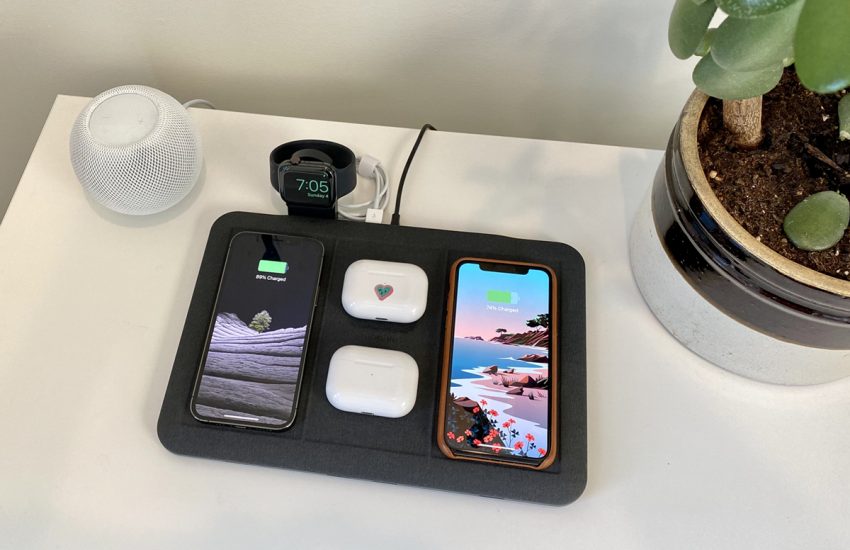Features Of A Projector That You Should Know
The projector is normally a device that projects images onto a screen or other surface, such as a wall. It can be used to project an image from a computer, smartphone, or tablet onto a large screen for viewing by multiple people at the same time. A projector can also display information in a classroom setting where there are many students and few lecturers. This type of projector is known as a lecture theatre projector.
Features
-Projection Screen:
The projection screen is the main component of the projector. It is designed to reflect light into the projector to be seen clearly on the screen. There are two types of screens available; reflective and transmissive. Transmissive screens use an opaque material that reflects the light through the lens. Reflective screens have a semi-transparent material that allows some light to pass through.
-Lens:
The lens focuses the light coming out of the projector onto the screen. Lenses come in different shapes and sizes, depending on how much magnification you require. Some lenses are zoomable, while others are fixed focal lengths. The most common lenses are spherical, convex, and plano-convex. Spherical lenses are the widest angle, convex lenses are the middle ground, and plano-concave lenses are the narrowest.
-Lamp:
A lamp is the source of light for the projector. They can either be built-in (internal) or external (external). Internal lamps are usually more expensive than external lamps, but they last longer. External lamps are cheaper than internal lamps but tend to burn out quicker. Therefore lamp is a very crucial feature in this case
-Power Supply:
A power supply provides electricity to the lamp. It converts AC mains voltage into DC voltages required by the lamp. Most modern power supplies include automatic brightness control. Automatic brightness control adjusts the lamp’s output based on ambient lighting conditions.

Hi~Living Deals from "Paul Fredrick"



